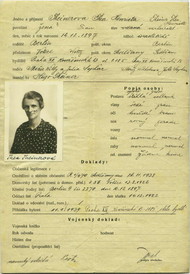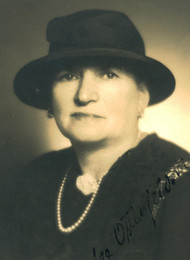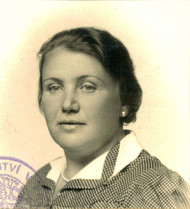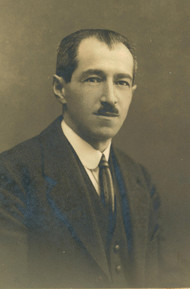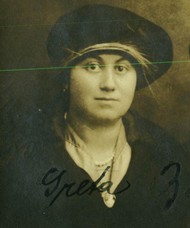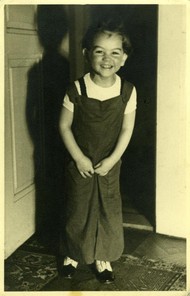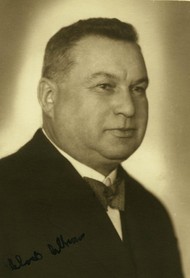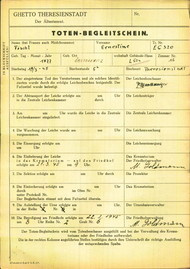The liquidation of the gypsy family camp
was decided by the SS leadership sometime in the spring of 1944. A first attempt
to put this decision into practice was met with resistance by the about 6,500 prisoners who were present in the camp and who
refused to leave their barracks. This event was described after World War II by Tadeusz Joachimowski (1908-1979), a former
Polish political prisoner in the Auschwitz concentration camp and administration clerk in the gypsy camp
in 1944. Although
the date of May 16 is often referred to as the day of the Roma resistance, the uprising
of Roma and Sinti in the gypsy camp
remains uncertain due to lack of research.1
The final liquidation of the gypsy camp
was decided by SS leader H. Himmler in July 1944. In the meantime, the number of prisoners
in the camp decreased as individuals fit for work were transferred to other concentration camps. On 15 April, 884 men and
boys were sent to Buchenwald and 473 women and girls to Ravensbrück, on 24 May 82 men and boys to Flossenbürg and 144 women
and girls to Ravensbrück. The last deportation trains from the gypsy camp
to Buchenwald (918 men and boys) and Ravensbrück
(490 women and girls) left on August 2, 1944. After their departure, about 4,300 people remained, mostly elderly and sick
people, orphans, mothers with children, and their fathers, if they had refused to leave their families. On the evening of
August 2-3, SS-troops led all prisoners out of their barracks, loaded them on trucks and transported them to the courtyard
of Crematorium V. Despite their desperate resistance, they were chased into gas chambers and their bodies burned in trenches
next to Crematorium V, which was out of order by this time.2
This mass murder was followed by the killing of prisoners who, after having been deported to other camps, came back to Auschwitz-Birkenau
to die in the gas chambers as exhausted and unfit for work. To this end, on September 26, 1944, about 200 Roma boys were sent
back from the Buchenwald concentration camp, and on October 10, 1944, 800 additional Roma, as well as a total of 217 Roma
women and girls from the Ravensbrück concentration camp who arrived back in Auschwitz on October 11 and 14, 1944. Some went
through selections and were brought back to Ravensbrück, the rest of them, just like all returned men and boys, died in the
gas chambers.
Next chapter: Survivors and remembrance



